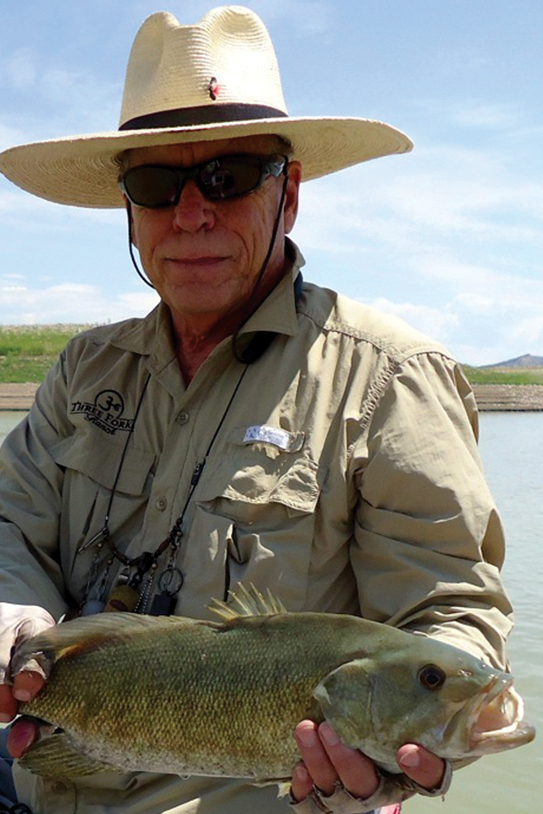Tying flies is one of the really fun aspects of fly-fishing. It is truly satisfying to catch fish on a fly you have tied, instead of one bought in a fly shop. Reflecting on how I got started tying flies, and where I am now with this hobby, I believe there are three stages a of tying one goes through.
Stage one is acquiring the basic tools needed, once the decision is made to start tying. This is usually done after you have been to a basic tying event at a fly shop, watched a video or DVD on tying, or simply read a book. In my case, it was at the urging of she who must be obeyed. She thought I needed an inside hobby.
So, I obtained a tying bench and accouterments needed to get started. I placed the bench beside the fireplace for warmth and light. I had the dog lying at my feet, and an adult beverage to warm my insides. It looked like a Norman Rockwell painting. Well, that’s how I remember it. But the setting aside, I did start to tie. I followed the instructions that said, “Pick four or five of your favorite patterns. Learn to tie them, and buy all the rest of your flies.” I have to say, that was good advice, then and now. I caught lots of fish on the patterns I tied. I also found I hesitated to use store bought flies, even when my hand tied flies weren’t catching many fish. This is where stage two came into play.
Stage two started out innocently. I was tying a fly and began to think a different color for its tail might make a difference. I decide on the color, looked all over my bench but couldn’t find a suitable match, then spotted the perfect color lying at my feet. A few snipes here and there and my new tail color problem was solved.
However, after several tying sessions using my new color source, said source refused to lie at my feet. In fact, she was nowhere to be found when I pulled up to the bench. This created a huge problem because I had come up with even more creative color patterns. I thought, erroneously, no one would notice if I trimmed the carpet. When the carpet trimming was discovered I was given a stern warning and my bench was moved into the arts and craft room.
At first I was bummed by this relocation. Then I realized I had hit the mother lode. Within the confines of the arts and craft room were, a sewing basket, a knitting basket, and paintbrushes. This is where I really got into stage two and began to modify and improve all sorts of flies. It was during this period of solitary confinement I discovered many well-known fly-tying experts will sometimes use a favorite pattern as a basis. They’ll take it and change the hook, materials, and colors and come up with an improved pattern. My motivation for making changes in old patterns is Charlie Craven. For those of you not familiar with Charlie, he is probably the “preeminent tyer” in fly-fishing.
Charlie’s latest addition to the fly bin is a combination of an elk hair caddis and a stimulator. In merging the flies Charlie thinned some materials, added materials not normally found on either fly, tied it on an emerger hook, and came up with the Clown Shoe Caddis. As with most of his patterns it is easy to tie and I am sure will catch fish. I’m tying his pattern as designed, and also with some changes of my own. I just can’t help myself.
Stage three, please don’t go there. Stage three is when you look at all the flies you are now tying and say to yourself, “I can make a living tying and selling my flies.” If you get to this stage please call me. I have a bridge to nowhere I’d like to sell you.

